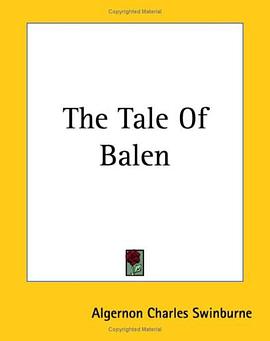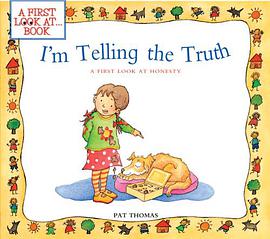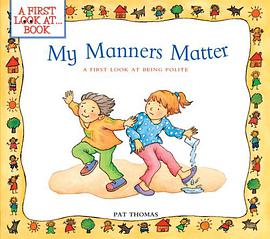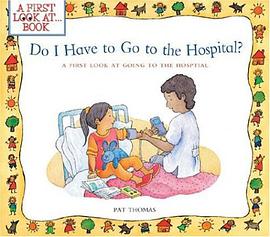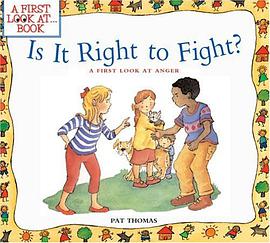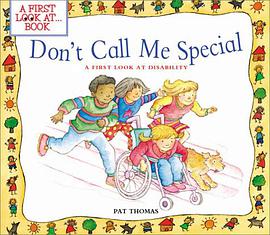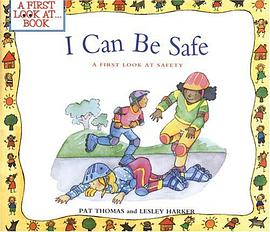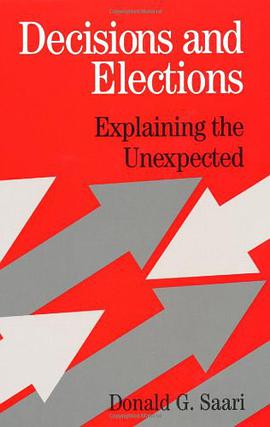

It is not uncommon to be frustrated by the outcome of an election or a decision in voting, law, economics, engineering, and other fields. Does this 'bad' result reflect poor data or poorly informed voters? Or does the disturbing conclusion reflect the choice of the decision/election procedure? Nobel Laureate Kenneth Arrow's famed theorem has been interpreted to mean 'no decision procedure is without flaws'. Similarly, Nobel Laureate Amartya Sen dashes hope for individual liberties by showing their incompatibility with societal needs. This highly accessible book offers a new, different interpretation and resolution of Arrow's and Sen's theorems. Using simple mathematics, it shows that these negative conclusions arise because, in each case, some of their assumptions negate other crucial assumptions. Once this is understood, not only do the conclusions become expected, but a wide class of other phenomena can also be anticipated.
具體描述
讀後感
評分
評分
評分
評分
用戶評價
相關圖書
本站所有內容均為互聯網搜索引擎提供的公開搜索信息,本站不存儲任何數據與內容,任何內容與數據均與本站無關,如有需要請聯繫相關搜索引擎包括但不限於百度,google,bing,sogou 等
© 2025 qciss.net All Rights Reserved. 小哈圖書下載中心 版权所有







